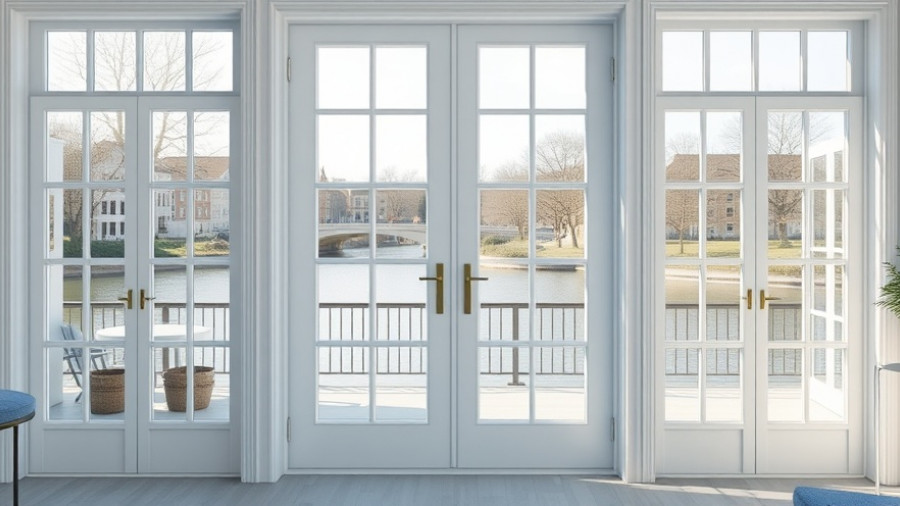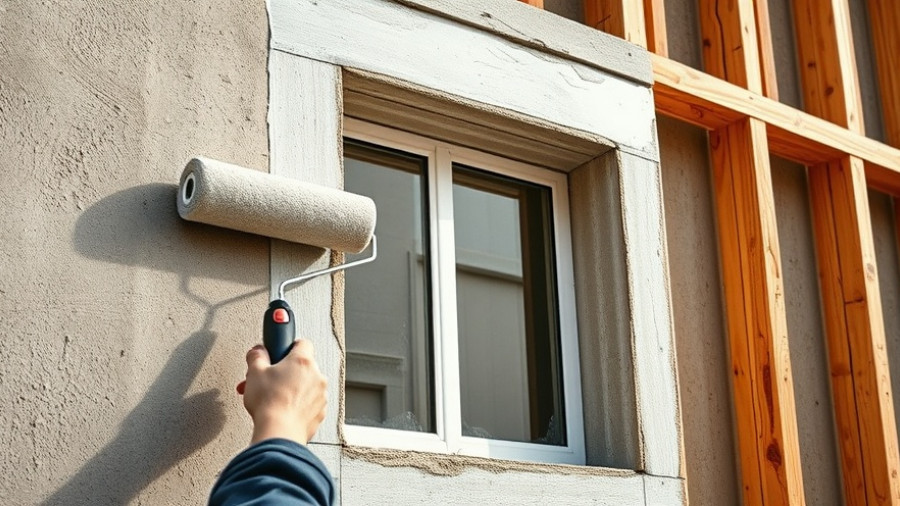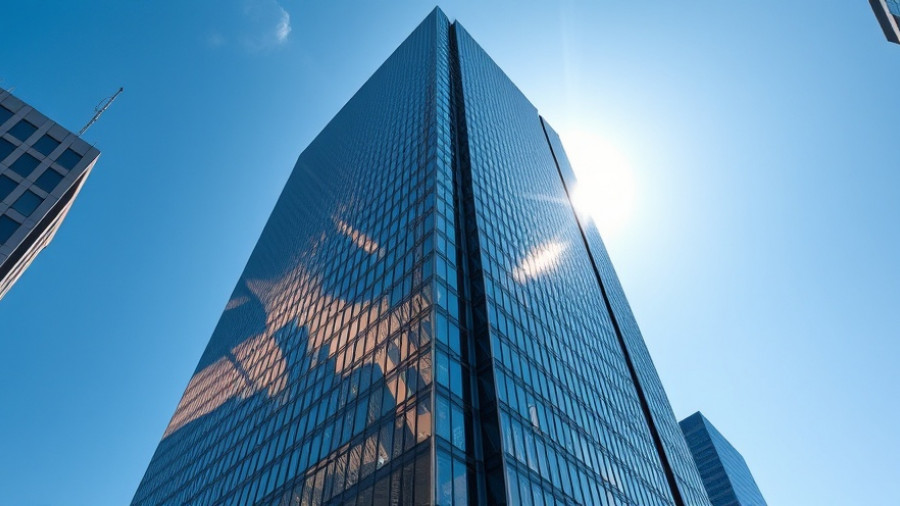
Pioneering a New Era in Healthcare Design with AI
Artificial intelligence (AI) is revolutionizing the healthcare design landscape, presenting a future where hospitals are not just built based on traditional standards but adapted to real-time patient and staff needs. Nate Larmore, senior director at MGAC, emphasizes the transformative potential of AI in creating hospital layouts that enhance efficiency and resilience to various challenges, including demographic shifts and emergency situations.
Redefining Hospital Spaces
Utilizing real-time data, hospital planners can optimize layouts based on actual use rather than outdated metrics. AI enables active adjustments to the design process by focusing on user experiences, patient care quality, and operational efficacy. This shift means fewer areas in hospitals go underused and limits the likelihood of overbuilding, ensuring that investments lead to real solutions and better care environments.
The Role of AI in Project Management
Healthcare construction project management is also undergoing a significant transformation. Traditional methods involving tedious manual processes are replaced by AI-driven tools that automate documentation and provide real-time updates on project statuses. This change fosters a more cohesive workflow and ensures better collaboration among teams. The rise of AI means project management is no longer a disjointed task; instead, it becomes a synchronized unit working toward a common goal.
Learning from Large-Scale Projects
Lessons gleaned from extensive healthcare projects reveal that AI can drastically reduce routine tasks like note-taking and cost estimation. However, it's crucial that human oversight remains a priority. Even with AI's capabilities, the human element is essential when interpreting outputs, ensuring quality and maintaining focus on the ultimate goal: patient care improvement.
Future Prospects and Challenges
The integration of AI in healthcare design and construction is not without its hurdles. Most notably, the need for a demonstrable return on investment is paramount. Tools like digital twins must show real-world applications that reduce costs and enhance operational outcomes. As we look to the future, the emphasis will be on creating smarter, not simply bigger healthcare facilities that can withstand the test of times and challenges.
As businesses, property developers, and facility managers seek to adapt to these innovations, recognizing how AI reshapes hospital design can provide significant advantages in this competitive market. Smart design isn't just a trend; it's becoming essential for effective healthcare provision in a rapidly changing world.
 Add Row
Add Row  Add
Add 




Write A Comment